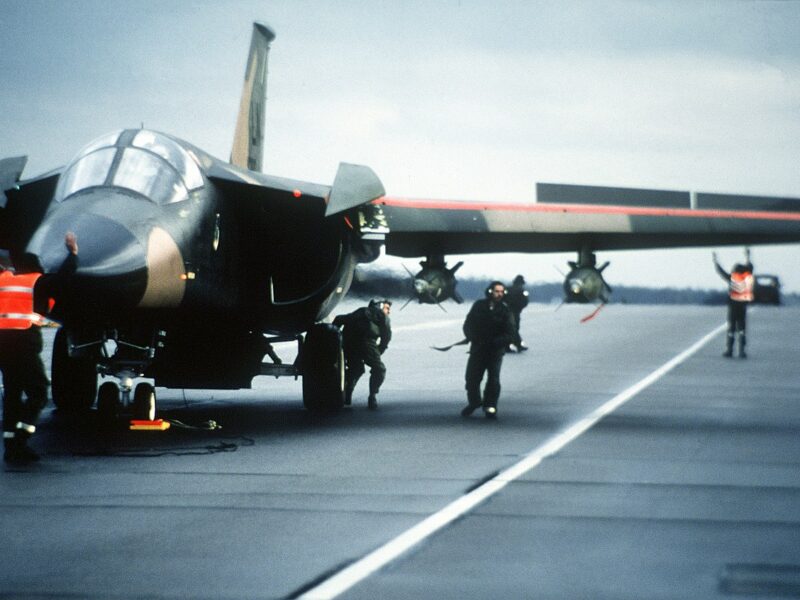Implemented from the mid-60s in the midst of the Cold War, and in a very confidential manner, NATO's shared deterrence allowed the armies of its members to use American nuclear weapons, with a principle known as "double keys", the United States and the leaders of the European armies implementing these weapons both having a "key" making it possible to arm the nuclear charges, the designation of the targets being, on the other hand, the responsibility of the integrated command of the Alliance, not states themselves. Over the years, this system has evolved to bring together, on a permanent basis, only 5 members of the Alliance, Germany, Belgium, Italy, the Netherlands and Turkey, each with nuclear weapons. NATO on its soil, in this case B-61 gravitational nuclear bombs, but also devices adapted to implement them, namely F-16 and Panavia Tornado.
Long marked by the seal of secrecy, including vis-à-vis the public opinion of the countries participating in this mission, NATO's shared deterrence was however perfectly known to the Soviet authorities, Washington having informed Moscow of this mission ahead of the first discussions regarding the limitation of strategic arms in the early 70s. In addition to these weapons, the United States had also deployed on the soil of some of the NATO members, such as Germany, Britain and Turkey, nuclear capabilities under American control, whether Tomahawk cruise missiles, the Pershing 2 ballistic missile or airborne bombs, in particular during the very difficult euromissile crisis between 1983 and 1986, when France and the Great Britain also had its own nuclear strike capabilities, whether air, naval or land, without any of these capabilities being controlled by the AllianceAtlantic itself.

With the end of the Cold War, the deterrent posture of both NATO and its members was considerably reduced. The United States withdrew its last nuclear weapons from European soil in 2009, while France removed its ground-to-ground component of its nuclear triad, and Great Britain for its part eliminated the air component of its deterrent to avoid s rely only on its ballistic missile submarines. Even NATO's shared deterrence came under fire from critics as the veil of secrecy was withered, and part of public opinion considered this posture outdated. The tensions and then the war in Ukraine have, once again, profoundly reversed the situation, as well as the perception of public opinion on this subject, leading Germany to come out in favor of the F-35A like the Netherlands. , Belgium and Italy, the device having been chosen by NATO to carry the new version of the B-61Mod12 nuclear bomb destined to become the standard ammunition for shared deterrence.

The rest of this article is for subscribers only
The Classic subscriptions provide access to
all articles without advertising, starting at € 1,99.
Newsletter subscription
Register for the Meta-Defense Newsletter to receive the
latest fashion articles daily or weekly


[…] […]